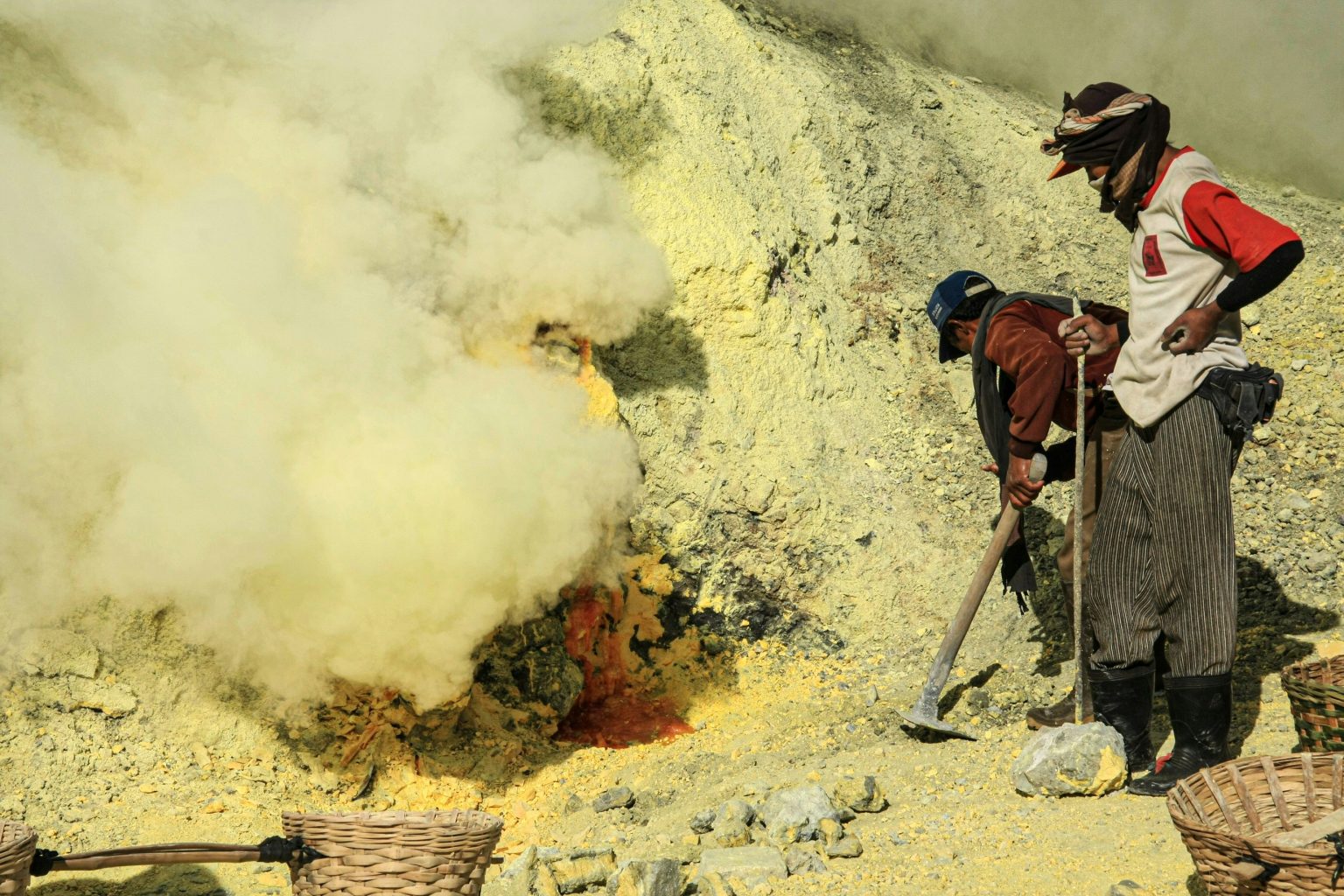Wood pallets and treated construction wood associated health risks
What You Need to Know
Wood pallets and other treated wood products, such as those used in construction or for wood pellets, can pose significant health hazards due to the chemicals applied to prevent pests, mold, and decay. These treatments release toxic chemicals into the air, causing a variety of symptoms in both humans and animals. The risks are not just limited to pallets; many types of treated wood, including construction wood and wood pellets used for heating, undergo similar processes that make them harmful to health.

The Dangers of Treated Wood and Chemical Exposure
Pallets, construction wood, and wood pellets are often treated with harmful chemicals, such as methyl bromide and other pesticides, to preserve the wood. The problem with these treatments is that over time, or when exposed to certain conditions (e.g., heat or moisture), the chemicals can become airborne and enter the living environment, causing a range of health issues.
Methyl Bromide: A Highly Toxic Airborne Pollutant
Methyl bromide is one of the most toxic chemicals historically used in wood treatment. Although its use has been restricted or banned in many countries, it is still a risk in older wood products or improperly labeled pallets. Even at extremely low levels, methyl bromide exposure can lead to severe health effects due to its high toxicity.
Health Risks of Methyl Bromide Exposure:
Methyl bromide is classified as highly toxic to the nervous system, even at minimal exposure levels. The chemical can easily become airborne, meaning it can be inhaled unknowingly. Exposure can occur through:
- Inhalation of fumes during use or if the treated wood releases residual chemicals.
- Skin contact with contaminated wood surfaces.
Symptoms of methyl bromide exposure include:
- Neurological symptoms:
- Severe headaches
- Dizziness and light-headedness
- Mental confusion and cognitive impairment (brain fog)
- Tremors
- Partial paralysis or tingling in the limbs
- Seizures in cases of high exposure
- Respiratory issues:
- Shortness of breath
- Coughing
- Chest pain
- Difficulty breathing
- Other symptoms:
- Nausea and vomiting
- Abdominal pain
- Fatigue and extreme tiredness
- Eye, nose, and throat irritation
Even brief exposure at low concentrations can result in lingering effects, particularly on the central nervous system. Chronic exposure to low levels of methyl bromide may cause long-term cognitive impairment, damage to peripheral nerves, and a higher risk of respiratory diseases. Methyl bromide is also considered an ozone-depleting substance, making it harmful not only to human health but to the environment as well.
Formaldehyde and VOCs: Hidden Risks in Treated Wood
Another significant risk in treated wood products is the presence of formaldehyde and other volatile organic compounds (VOCs). These chemicals are often found in composite wood, construction wood, and wood pellets used for home heating, as they can help bind the wood materials together or preserve them. Unfortunately, when these chemicals off-gas, they can contaminate indoor air, leading to serious health concerns.
Health Risks of Formaldehyde and VOCs:
- Irritation of the eyes, nose, and throat
- Persistent cough
- Difficulty breathing and asthma-like symptoms
- Neurological symptoms like headaches, dizziness, and mental fatigue
- Long-term exposure can lead to an increased risk of cancer, particularly nasopharyngeal cancer, due to formaldehyde’s classification as a known human carcinogen
 Mold, Mildew, and Bacteria in Pallets and Wood Pellets
Mold, Mildew, and Bacteria in Pallets and Wood Pellets
In addition to chemical treatments, wood pallets, construction wood, and wood pellets are prone to mold, mildew, and bacterial contamination, especially when stored in humid or damp conditions. Mold and mildew can significantly affect indoor air quality and trigger serious health reactions.
Health Risks of Mold Exposure:
Mold spores can become airborne, causing:
- Allergic reactions (sneezing, runny nose, itchy eyes)
- Asthma attacks or respiratory distress
- Chronic fatigue and headaches
- Skin rashes and irritation
Individuals with mold sensitivities or compromised immune systems are at a higher risk of experiencing severe reactions.
The Hidden Dangers in Wood Pellets
Wood pellets used for heating, particularly those made from treated wood or recycled pallets, can be another significant source of exposure to toxic chemicals like methyl bromide or formaldehyde. When burned, these pellets may release harmful gases and chemicals into the air, further increasing the risk of respiratory problems, neurological effects, and long-term health issues for anyone breathing in the fumes.
How to Check for Safe Pallets and Treated Wood
When using or working with wood pallets, construction wood, or wood pellets, it’s crucial to ensure they are safe for use in your living environment:
- Look for the IPPC (International Plant Protection Convention) logo, which certifies the wood has been treated to international safety standards.
- Ensure the pallet or wood is marked “HT” (heat-treated) rather than “MB” (methyl bromide). Heat treatment is considered safer as it does not involve chemical fumigation.
- Avoid wood products that have been painted, chemically treated, or show signs of mold growth or decay.
Steps to Mitigate Risks
If you suspect the wood you’re using has been treated with hazardous chemicals or is contaminated:
- Remove the wood from your living environment.
- Properly clean and refinish it with a non-toxic sealant to prevent the release of harmful chemicals into the air.
- If using wood pellets, opt for those made from untreated or clean wood sources to avoid harmful emissions during combustion.
